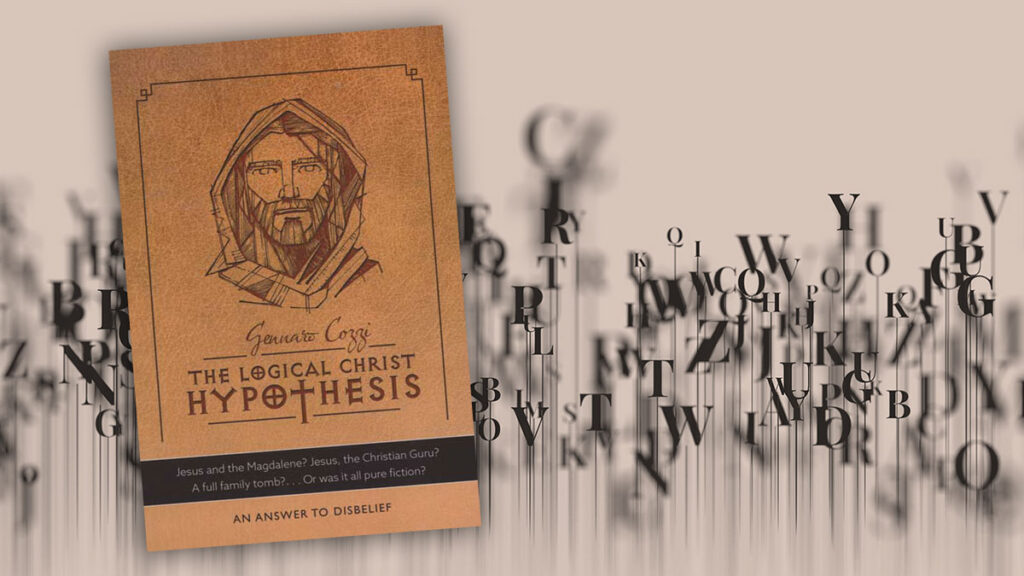The Life, Death and Resurrection of Christ
In Christ’s life of perfect obedience to God’s will, His suffering, death and resurrection, God provided the only means of atonement for human sin, so that those who by faith accept this atonement may have eternal life, and the whole creation may better understand the infinite and holy love of the Creator. This perfect atonement vindicates the righteousness of God’s law and the graciousness of His character; for it both condemns our sin and provides for our forgiveness. The death of Christ is substitutionary and expiatory, reconciling and transforming. The bodily resurrection of Christ proclaims God’s triumph over the forces of evil, and for those who accept the atonement assures their final victory over sin and death. It declares the Lordship of Jesus Christ, before whom every knee in heaven and on earth will bow. (Gen. 3:15; Ps. 22:1; Isa. 53; John 3:16; 14:30; Rom. 1:4; 3:25; 4:25; 8:3, 4; 1 Cor. 15:3, 4, 20-22; 2 Cor. 5:14, 15, 19-21; Phil. 2:6-11; Col. 2:15; 1 Peter 2:21, 22; 1 John 2:2; 4:10.)
When I walked out of my year 12 maths exam I was feeling confident. I certainly wasn’t the smartest in the class, but there was one particular type of equation that I knew back-to-front, upside-down and inside out. Quadratic equations were the one thing I was the BEST at (at least in my class).
Every time we ran through these problems in class I was able to solve the equation quicker than anyone else. But more than that, I managed to do so almost by looking at the equation and instinctively knowing the answer. My teacher at the time said he had never seen someone so proficient in solving them, yet he cautioned me not to rely solely on my instinctive knowledge and that I should ensure I follow the steps we learned in class.
When it comes to our expression and understanding of Jesus it, too, can be a thing of beauty, something we just instinctively “get”. Yet often we present it, teach it and express it in an incomplete way. Not because we want to cheapen the beauty of it, but rather because we instinctively “know” the truth it contains. We use shorthand. The problem is, we often miss some data and this core belief of our Church simply doesn’t make sense without it.
The following equation looks right but it’s missing a key component that makes it incomplete. Let’s see if you can pick it up.
Jesus’ Life + Death = Salvation
The truth of our faith cannot be adequately expressed in this manner. It misses perhaps the key aspect of Jesus . . . His resurrection. Yet often we talk less about the resurrection than those other elements.
It may not be that we are forgetting about the resurrection—it may just be assumed knowledge.
I’m a bit of a stickler for the rules, but I can’t understand why we would abbreviate the beauty found in the full expression of this belief?
Often our abbreviations, or shortcuts, which make things easier for us “in the know”, can then be a hindrance to others who don’t know the lingo or the language that is “Christian-ese”.
The other risk of not verbalising this belief in full is that, in time, by omission, we create a new “doctrine” that “cheapens” the full beauty of the life, death and resurrection of Jesus. It’s like the old adage that “if you tell someone something often enough, then soon enough they’ll believe it”.
The resurrection is (in my mind) the key aspect to this equation, yet is often the missing part of the formula. The formula simply doesn’t make sense without it. If Jesus was a man who lived, so what? If Jesus was a man who died, so what? BUT if Jesus was the Man/God who was resurrected . . . WOW!! Now that’s something to talk about. That’s something God-like, the ultimate clickbait.
The song “Man of Sorrows” by Hillsong Worship shows this wonderfully. The final verse of the song is often sung with so much more passion, emotion and joy—the music peaks as we realise the life and death of Jesus was just building to the apex of the story . . . the resurrection.
See the stone is rolled away
Behold the empty tomb
Hallelujah God be praised
He’s risen from the grave*
This single aspect, the resurrection, truly sets Jesus apart. It tells us something extraordinary happened in and through His life. It tells us that if He was able to “defeat death” then surely there is something special about Him and the way He lived.
The resurrection makes the investigation of His life even more important. It makes the investigation of His death more urgent. When we recognise this Man defeated death it makes us wonder who He really was. And it’s on that journey that we find this Man was not simply a man but He was God . . . the promised and prophesied Messiah; the one John the Baptist spoke about when he said, “Behold! The Lamb of God who takes away the sin of the world” (John 1:29). [pullquote]
Interestingly, the phrase used here by John the Baptist draws strongly on the Jewish understanding at the time of the sacrificial system and the role the lamb plays in that system.
By pointing to Jesus and proclaiming Him to be the “Lamb of God”, John was prophesying the role Jesus would play, the task He would complete, even if those who heard it did not yet understand it. The phrase itself is found uniquely in John and is often skimmed over because we assume that Christians understand that Jesus is the Lamb of God. Yet He is more than that: He is GOD—the only One who could defeat death.
As we investigate the life of Jesus we find One who not only “knew no sin” (2 Corinthians 5:21), but we find in Him One who clearly stood out from the crowd, who not only communed with God but walked with Him daily.
We find One whose life so exemplified the desire God had for His people that we can’t help but question what was special about Jesus.
As we understand the nature of Christ (as if we ever really can!) and begin to investigate the prophecies pertaining to Him, the plan of God from Eden right through the Old Testament history, we come to recognise that this Jesus came at the perfect time in history (Daniel 8, 9) to fulfil a specific purpose.
When I studied the prophecies of Daniel in my early 20s and began to get my head around the specificity of this prophecy and the accuracy of it, not so much in relation to the birth of Jesus but the death and resurrection of Jesus, my mind was made up . . . there simply was nothing that could convince me otherwise as to the truth of the gospel and the gift offered to me through Christ Jesus. I couldn’t deny it any longer. The life and ministry of Jesus gave me direction; the death of Jesus restored me BUT the resurrection of Jesus gave me hope that forevermore I can be counted as a child of God.
Unfortunately sometimes we “exit” our “exam” thinking we’ve done well when in actual fact our “knowledge” has let us down and we’ve unintentionally misrepresented the beauty of the life, death and resurrection of Christ.
You see, when I exited my exam, ecstatic I had done so well, it was only after some quiet reflection and discussion with others I realised my fatal mistake. In using the “Josh method” of solving the equations I realised I had skipped a crucial step in the process, resulting in the wrong answer to each and every equation. That’s why I prefer to write this out and express this most wonderful truth in full, so I don’t make another mistake—this time a fatal one.
Salvation doesn’t come through just the life of Jesus. It doesn’t come through just the death of Jesus. Rather, it is present because of the life, death and resurrection of Jesus.
Life + Death ≠ Salvation
Life + Death + Resurrection = Salvation
What an exciting truth—why would we even want to try to “simplify” this, the most perfect of equations with absolutely no errors to be found!

Josh Wood is associate pastor of Nunawading church, Victoria.






